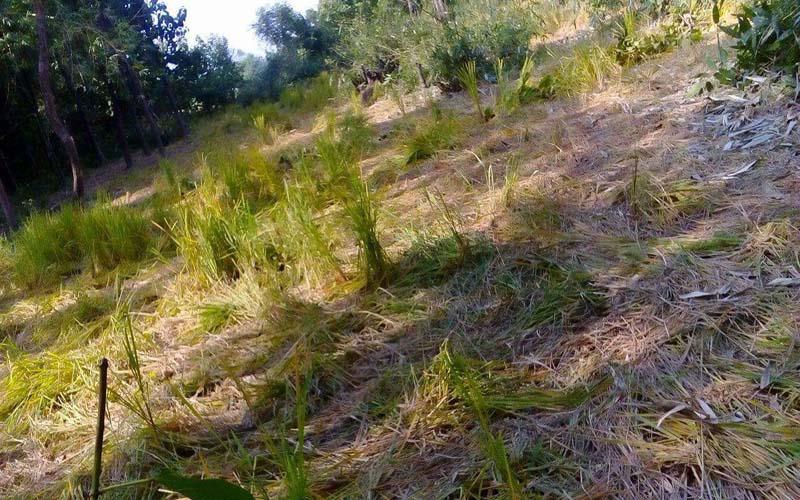Balram Awasthi
Other projects
12 Oct 2023
Conflict to Co-Existence: Empower Local Communities to Reduce Human-Elephant Conflict in Far-West, Nepal
Human–elephant conflict (HEC) is one of the major threats of the long-term survival of the Asian elephant. The main cause of conflict arises due to negative interaction of community and lack of behavioral response of community. In the last decade, HEC had reached serious levels in Suklaphanta Wildlife Reserve (SWR) Nepal. This research aims to explore the nature and intensity of HEC and in focusing conservation education initiatives to raise awareness on the local people to mitigate HEC for sustainability of SWR. Furthermore, the project achieve impacts for HEC mitigation and long term survival of elephant in SWR.

The Asian elephant, Elephas maximus is categorized as endangered species (IUCN 2011) and in Nepal as a protected priority species under the National Parks and Wild Conservation Act 1973. Human-elephant conflict (HEC) is one of the major threat for elephant conservation globally and in Nepal as well in present context. This decade, HEC had reached chronic levels in Suklaphanta Wildlife Reserve (SWR). Community around the SWR is annually facing the conflict with the elephants coming from the SWR and elephants coming from Duduhwa wildlife reserve (India) too. People used to remain awake the whole night due to the fear of elephants because they damage crops, destroy property, and cause injury and death. It is crucial to stop such types of losses. If, this problem is not controlled then it may affect both Elephants and human beings. Keeping these facts into consideration, conservation program for co-existence the HEC is planned in the far western context of Nepal.
The project anticipates in collecting the scattered information on drivers of HEC (crop loss, human harassment, property loss, killing and injury) in addition walk trails and seasonal migration pattern. During the project, local level HEC Mitigation Groups will be formed and building their capacities in order to continue Elephant conservation activities. The project will initiate formal and organized HEC mitigation initiatives to ensure the continuous and harmonious co-existence of local people and the endangered wild elephants. The conservation outreach program in F.M will disseminate the importance of elephant and HEC mitigation. Along with this, the conservation message through rally, pamphlets, posters etc. will promote the conservation awareness. Through these activities, the project's aim will be fulfilled by reducing the impact of HEC for long term survival of elephant in SWR.
The key finding of the project will be disseminated to the government agencies, academic institutions, and other stakeholders in the form of policies recommendation, and research papers. This will help the Department of National Park and Wildlife Conservation (DNPWC) to take more scientifically sound and sustainable management decisions to mitigate the HEC in the study area. Outcomes of the work will contribute on the strategies and approaches to be considered while formulating national level HEC mitigation strategy and policy.